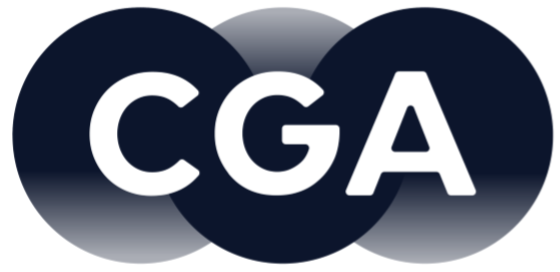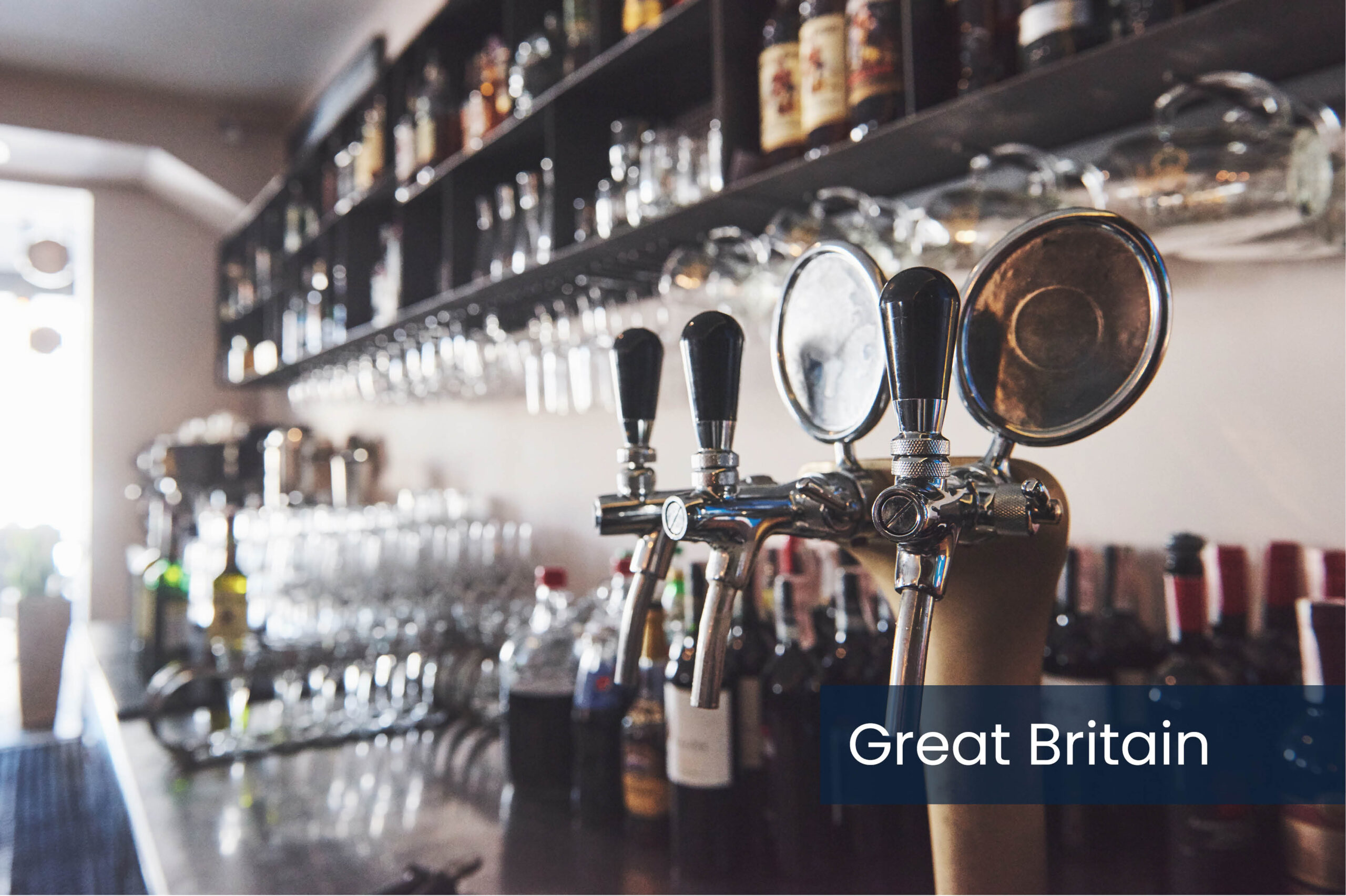
In the UK On Premise, in 2019, 2,084 beer, spirit and cider brands entered the market. The average bar stocks 178 different drinks and the average consumer churns a third of their drinks brand repertoires every six months. In my local pub, I counted 68 different branded materials, such as tap handles, posters, bottles and fridges in eyesight of when I stood at the bar and ordered.
In the midst of all of that information (and with the increasing pressure of a queue behind me), I had to make a split-second choice of what to drink.
The human brain is an incredible data processor and, even confronted with such a vast array of information, I, as I am sure any of you would, was able to make a decision. However, it wasn’t a particularly inspired one. I reverted to type. “I’ll have a Guinness please”.
Looking into this “golden moment” of decision making, as we have done at CGA more than ever in the past two years, it becomes clear that, while that moment is indeed a crucial one, it is only the tip of the iceberg; a culmination of a consumer journey of brand awareness, recognition and salience. It is a journey that began long before I arrived at the bar counter and was expertly interrupted and influenced along the way.
With changing ordering methods, digital menus and an increased prevalence of pre-booking and pre-ordering globally, it is no surprise that drinks suppliers are urgently trying to keep pace with the consumer path to purchase in the On Premise and, for those that can’t, there is a very real risk of losing share. Our research has allowed suppliers to make smart investments to stay top of mind for consumers throughout the (ever-changing) decision making journey.
We have found that there is an elongated process, involving both conscious and sub-conscious mental activity, including phases of high impact, sandwiched between periods (and locations) where it is almost impossible for activation of any kind to cut through.
Let’s use my Guinness order as an example. Even though I wasn’t wearing our state of the art eye-tracking equipment, when reflecting, I do vaguely remember clocking the iconic and unmistakable pint of ‘the black stuff’, when heading towards the bar. However, no matter how hard I try, I have absolutely no idea what poster it was in front of me when I was trying to squeeze into the door with three bags of shopping (yes, I deserved a reward after doing the weekly shop on foot).
Scanning the bar, my brain briefly went into overdrive. Factors such as needstate (do I want something refreshing or something to savour?), availability (what do they have on?) and format (can I carry this over to a table with my shopping?) all went through my mind. To answer these questions, I searched for information; what brands are the tap handles advertising and what is on draught or in bottles?
What I probably wasn’t acutely aware of were all the other touchpoints that had made their way into my consciousness; the outdoor blackboard, the staff uniform, or even the social media post that I had scrolled through the previous evening. Lurking in the back of my mind was also the fond memory of previously perfectly poured stouts in the venue, as well as some bad associations with poorly preserved cask (let’s not talk about it).
Then the jolt to reality, “what are you having, mate?”. In that golden moment, all of the information was processed and the winner was what first came to mind. Salience prevailed, and our research has found that it often does.
As I mentioned, it’s not unusual for me to choose Guinness in my local. That said, it certainly isn’t a given and, in other venues, I have other go-to choices. However, that mental availability of being top of mind, guided by distinct brand assets and helped by those associations between the venue and the drink choice is ultimately what prevailed.
From what we have seen, that journey is just one possible route to purchase. QR codes and menus also have a role to play, as do coasters, glassware and recommendations. In order to stand out from the crowd and be the lucky one in one hundred and eighty it is crucial to map the route and plot a course to influence.
CGA’s established path-to-purchase research is available globally. To understand the nuances of On Premise consumer decision making in your market please contact charlie.mitchell@cgastrategy.com.





